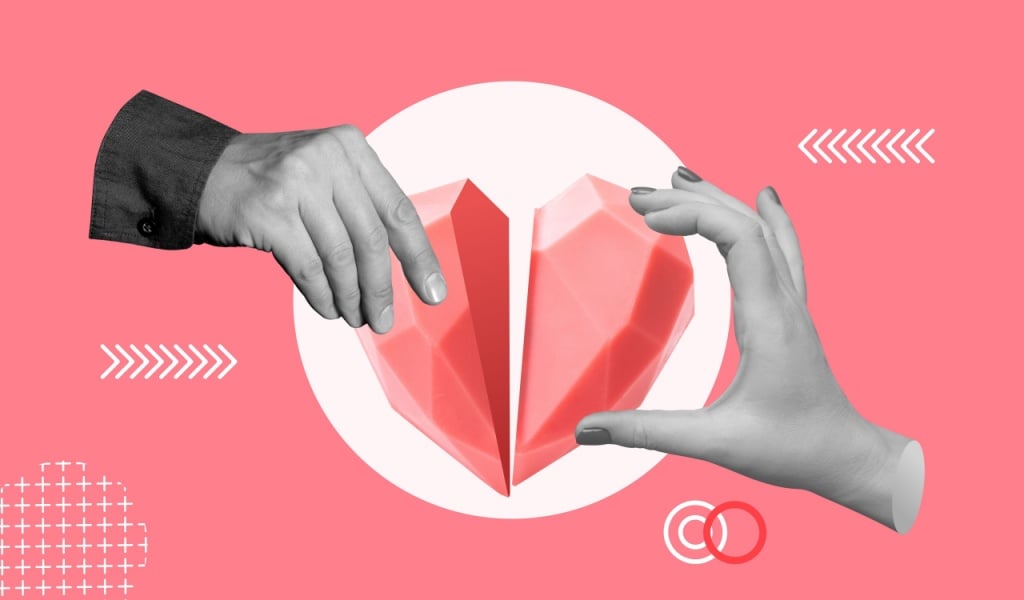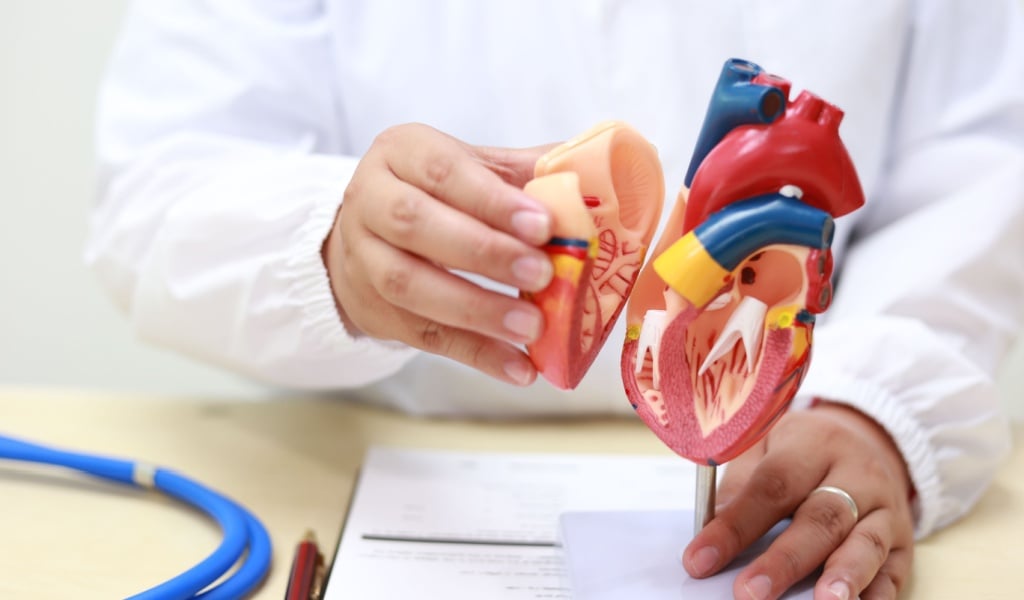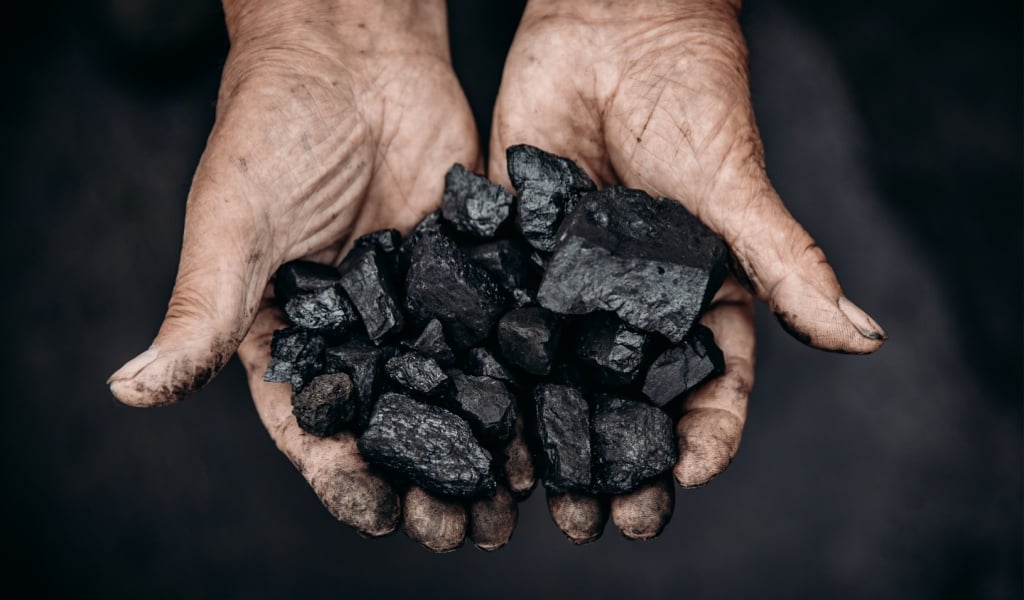Heart diseases are a significant concern today. From youngsters to adults, people of all ages are now at risk of heart failure, mainly due to changes in diet, lifestyle, and work habits. Doctors today advise young people on food and physical activity in the same way they used to advise those over 40 years ago. A
One thing has always been sure: when the heart loses its muscle cells, they cannot naturally regrow. But could this damage be reversed or even completely avoided? That’s what a groundbreaking new study is saying!

Surprising, isn’t it? This idea is based on new research showing that the heart muscle can, in some cases, heal itself. At present, the only treatment options for patients with advanced heart failure are a full heart transplant or the use of a Left Ventricular Assist Device (LVAD), an artificial mechanical pump implanted surgically to help the heart pump blood.
This new analysis found that patients using artificial hearts regenerated muscle cells more than six times faster than those with healthy hearts.
These exciting results have stirred hope in the medical world. The study, conducted on 52 patients with severe heart failure, revealed that the heart’s natural ability to renew cells is extremely low in those with last-stage heart failure, about 18 to 50 times lower than in people with healthy hearts. However, for patients supported by an LVAD (mechanical pump), the heart showed significant regrowth.
How Is This Possible?
In healthy hearts, muscle cells are hard to regrow without help. To illustrate this, doctors provide a simple analogy: when you injure a skeletal muscle (such as your leg), it can heal with rest. However, the heart muscle doesn’t work that way; it cannot stop to rest and recover because its primary job is to pump blood continuously. There is no natural process in humans that can reverse heart muscle loss on its own.
Doctors believe the mechanical pump (LVAD) gives the heart a chance to “rest,” much like a person recovers from an injury, allowing the cells to regenerate. Without this device, the heart must constantly pump blood and cannot focus on making new cells. A 2011 study showed that after birth, the human heart essentially stops growing because it is too busy performing its vital function of pumping blood.
However, the use of a Left Ventricular Assist Device is not the only hope, as other ways for the heart to heal itself are also being researched. Here is what scientists have discovered in recent years, though some of these methods are still experimental and not yet used in hospitals due to a lack of strong evidence:
Zebrafish and Its Miraculous Healing Ability
Zebrafish are tiny fish that can completely repair their hearts after injury. Scientists identified a special protein in these fish called Hmga1. When this protein was administered to mice, their heart cells began to regenerate, and their hearts functioned more effectively. Humans also have this gene, but it becomes inactive after birth. Researchers are now trying to find ways to “switch it back on.”
Changing Heart Cell Energy
Another study found that by slowing down how heart cells use energy (from mitochondria), the cells were encouraged to resume dividing. This process helped mice repair their damaged hearts after injury.

Healing Heart Patches
Researchers are also creating patches and gels that can be applied to injured hearts. These patches contain special cells or proteins that aid in the recovery of heart tissue. One such patch made from blood cells was tested on monkeys and successfully helped repair their hearts. This technology may not yet be available to humans, but there is hope that it will become widely used in the future due to its practical and straightforward approach to heart healing.
Calming Inflammation
After a cardiovascular episode, inflammation can exacerbate the damage to the heart. Scientists have developed a method to boost specific immune cells (T-cells) that reduce inflammation and improve healing. They used tiny packets filled with helpful RNA to deliver this treatment.
Surprising Use of Antibiotics
Some older antibiotics, such as paromomycin and neomycin, unexpectedly aided heart healing in animal studies. These antibiotics reduced scarring and improved heart function. Researchers are now investigating whether these effects can be safely applied to humans.
In a nutshell:
- LVAD Devices: Allow the heart to “rest” so muscle regeneration can happen.
- Fish Protein (Hmga1): May restart human heart cell growth in the future.
- Energy Control: Adjusting heart cell energy use can trigger healing, as shown in mice.
- Immune Therapy: Reducing harmful inflammation may support heart recovery after attacks.
- Old Antibiotics: These may aid heart healing if proven safe for humans.
If all these discoveries are proven and developed for human use, they could transform heart disease treatment and significantly increase lifespan and heart health in the future.



